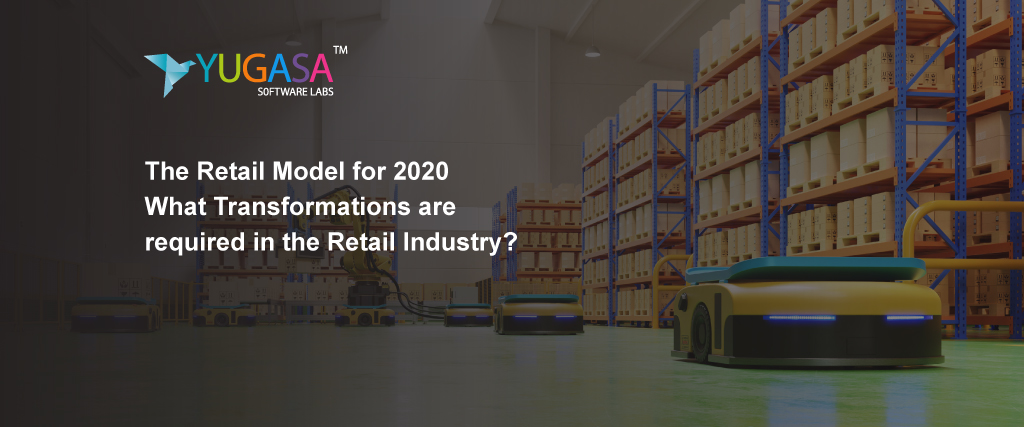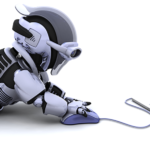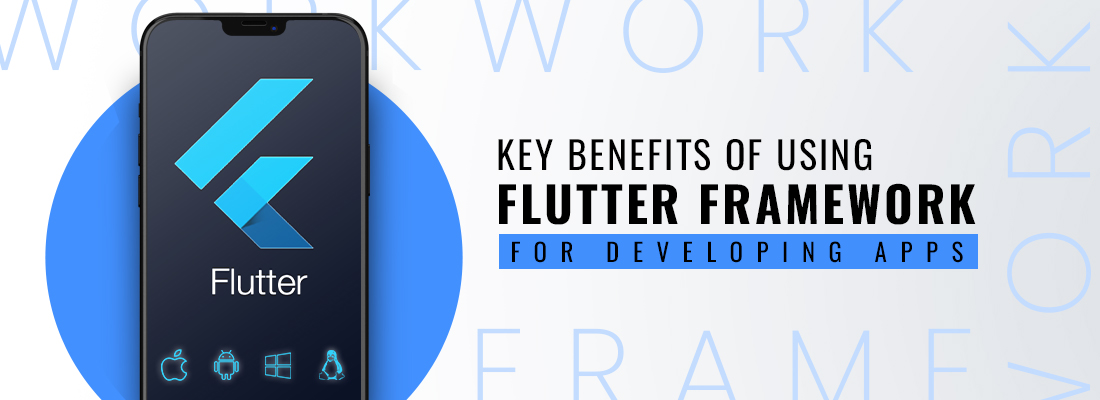Retail Model for 2020: The retail industry should be prepared for changing economic conditions in the coming year. The economy slowed last year, with real GDP growth declining to 1.9 percent in Q3 from 3.1 percent in Q1. With the outlook for global growth dimming and the uncertainty of trade tariffs unlikely to go away soon, we expect real GDP growth to slow to 1.6 percent this year from 2.3 percent in 2019.
Consumers’ habits are changing constantly with the change in situations and thus the retailers should adapt these changes and embrace the new situations as quickly as they can so that they can sustain in the retail industry.
Retail Model for 2020 – Retailers will likely have to be more judicious with investments and flexible with their plans–ready to adapt to both foreseen and unforeseen scenarios. It seems that for the year ahead, those retailers who prepare for the worst will likely fare the best. But where should retailers focus their strategies in 2020 to help move to the right side of the tipping point?
Retail Model for 2020 Some transformation that is required in the retail industry of 2020 are –
- Personalized customer experience – Retail Model for 2020
With the change in the pace of technology and innovations in e-commerce, there is a change in consumer behavior. Almost 73 percent of internet users in the country will have purchased products online by the next year.
Over the last few years, the tech industry has made it easier for advertisers and marketers to deliver more relevant messages, experience, and content to customers based on their profile and experience. Now, the consumer expects some premium features in offline stores also, as they have premium features in an online store or on an e-commerce website.
- Hybrid Experience
The hybrid experience is a shopping experience that combines elements of both e-Commerce and traditional retail stores. A good example of understanding the hybrid experience is how many companies now let customers order products online and pick them up at one of their local stores. It will be easy for the customer to book their item online through their app and pick it up in the store. This coming year will witness a mainstream implementation of tech innovations by retailers. The use of AI will go beyond customer service chatbots and will direct the overall shopping experience.
- No lines or cashier in the future of retails
The new innovation of Amazon Go has changed the view shopping. There was a time when we have to stand in queue for a long time and wait for the turn to pay the bill. Picking up merchandise and just walking out of the store and getting charged automatically has been made possible with the Amazon Go. This concept should be implemented in small stores also. If the pick-up-and-go concept works, then you can certainly hope that big-box stores will carve out portions of real-estate to dedicate to the retail model.
- Superior employees and customer service
All of the changes in the future of the retail would reach a point of enhanced customer experience. Such an experience is usually only possible when you hire top-notch employees. Customers should be treated nicely and the freshers should be trained before hiring them.
The next big digital transformation in retail focuses heavily on the employee. It has been expected that leading retailers would understand the importance of the influence of associates in an in-store shopping experience that can increase the overall brand affinity. There is an experience gap between the customer and employees now, the customer has become more knowledgeable than employees or store associates. To reduce this experience gap, retailers are required to hire more experienced or educated front-line staff with tools and techniques so that they can treat the customer effectively which helps in an increase in the sale of the store. To stay ahead of the competition in the future of retail, hiring, and training highly competent employees has become a necessity.
Employee-focused mobile technology will play a pivotal role in equipping employees or store associates with the tools and information that they need to deliver better customer experiences.
To stay ahead of the competition in the future of retail, hiring, and training highly competent employees has become a necessity.
- Deliver on the promise through the supply chain
Traditional retailers once touted as pioneers in supply-chain innovations are now struggling to match new standards set by e-commerce and digital native players. Many retailers are charging forward by offering a slew of options keeping convenience top of mind. For these retailers, solving for a nimble and smart supply network can require new thinking.
There are four key digital retail trends that retailers will likely adopt in the short term:
● Urban fulfillment: will give retailers the ability to serve the connected consumer in large metropolitan areas with same-day service.
● Inventory strategy: in a competitive supply chain is built on end-to-end visibility and the capability to quickly flex with changing demand.
● Flexible network: enables supply chains to move assets faster than ever. Retailers with brick-and-mortars are leaning on their “buy online, pick up in-store” or “store-to-car” delivery options to provide flexibility and predictability without having to transport the last mile.
● Data and technology adoption: is allowing retailers to transform their supply chains with unprecedented visibility and insights from data.
- Augmented reality: “Augmented reality (AR) is the real-time use of information in the form of text, graphics, audio, and other virtual enhancements integrated with real-world objects.” Augmented reality is the rendering of digital images or data onto real-world objects. It has been estimated that the e-tail industry has been expected to see a rise of $5 billion in value by the year 2021. Augmented Reality could mean retailers keep more of their sales because consumers now fully understand what they are buying at the point of purchase.
Technology in this area has been catching up by several companies such as Microsoft that have launched second-generation reality headsets which is one of many newer, lighter headsets and wearables that will make AR more immersive for retail customers and employees.
So, What are you waiting for? Connect with us today to get best services needed to grow your retail business.
Read More: MAGENTO VS WOOCOMMERCE VS SHOPIFY VS OPENCART BEST E-COMMERCE PLATFORMS 2020
























